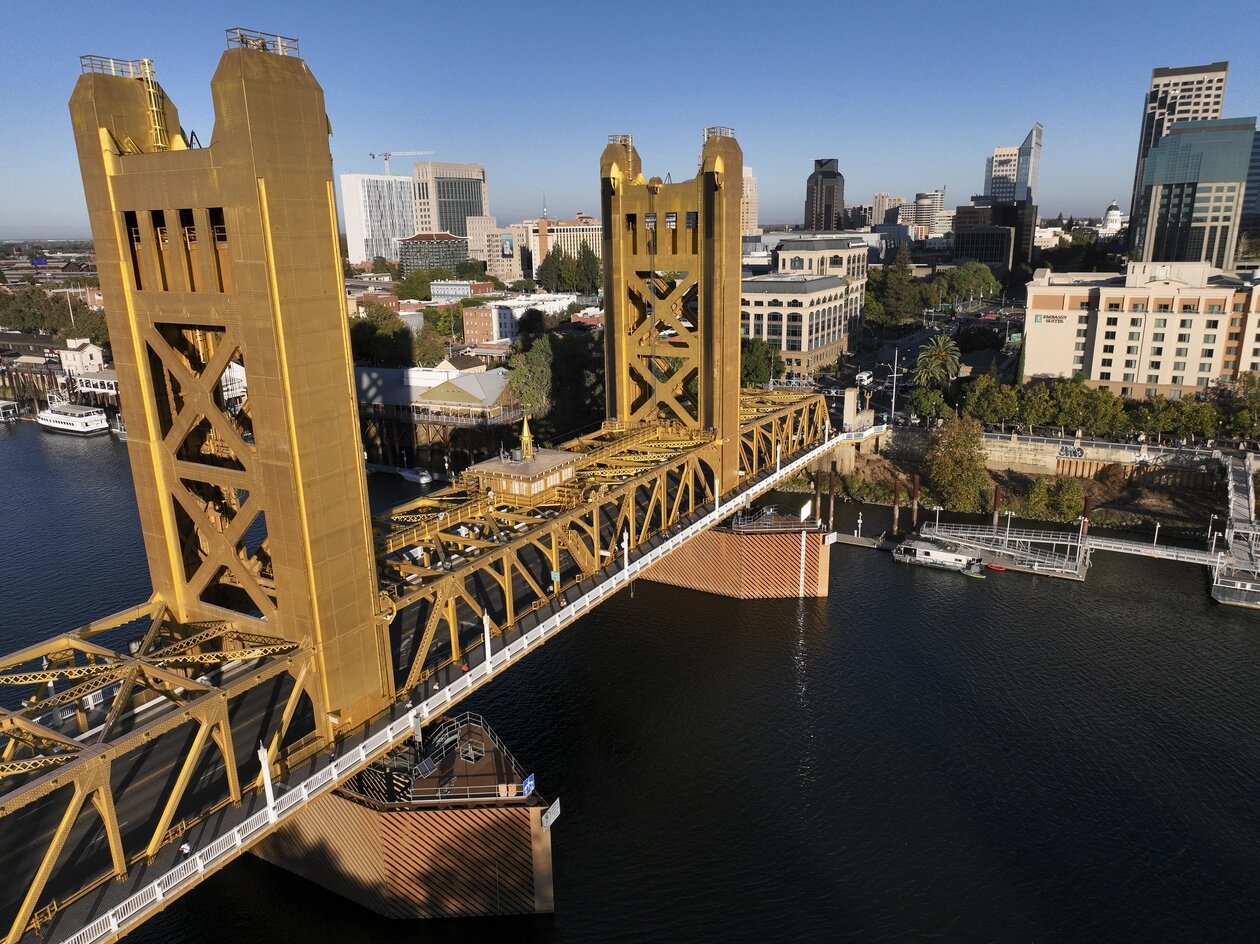SACRAMENTO, California — The ongoing government shutdown is leaving federal paychecks and jobs in limbo. California’s smelling a recruitment opportunity.

Gov. Gavin Newsom’s campaign to recruit former federal workers has yielded a steady stream of job applications since its launch in March, at the peak of the Elon Musk-led job cuts that saw tens of thousands leave the federal workforce. Applications peaked in May at 314 but have largely kept up, numbering 239 in September, according to state data provided to POLITICO.
California hiring officials have also created a website and information sessions specifically targeted at former federal workers (they have not, however, run ads in Washington metro stations, like New York.)
The result is at least dozens of hires, from entry-level staff to high-profile scientists and regulators with decades of federal experience who moved West to preserve their life’s work and lead California departments at the front lines of backfilling federal rollbacks.
Now, the state is hoping to further capitalize on that insider experience as this spring’s deferred resignations start running out and the White House drafts further layoff plans (which a judge paused last week, for now.) The state currently has about 3,000 job postings across all agencies and counties.
“We are open to federal workers coming into state service, and we’ve made no secret about that,” said California Environmental Protection Secretary Yana Garcia.
Garcia’s agency has stuffed its leadership ranks with former federal workers amid a broad federal rollback of environmental rules, funding and jobs. (By some estimates, the U.S. Environmental Protection Agency is on track to lose 1 out of 3 workers by early 2026.) That’s been helpful as California reacts to federal attacks on its environmental policies, like Trump’s revocation of the state’s gas-powered vehicle phase-out, said Garcia.
“It’s been very helpful to have people who understand very well the reality that other states also face,” Garcia said. “It allows us to have context across the nation.”
California’s high-profile hires include Kris Thayer, previously U.S. EPA’s director of the chemical and pollution assessment division and now the director of the state Office of Environmental Health Hazard Assessment; former U.S. EPA biopesticides division director Madison Le, who joined the Department of Pesticide Regulation as a top deputy in April; former U.S. EPA Region 9 air director Matt Lakin, since August the new California Air Resources Board division chief overseeing air quality, planning and science; and former director of U.S. EPA’s offices of transportation and air quality and atmospheric science Chris Grundler, who joined CARB in May as deputy executive officer for mobile sources and incentives.
Newsom also appointed Andrew Rakestraw, a former top State Department climate negotiator, to chair the California Board of Environmental Safety, in April.
It’s not a coincidence the high-profile hires have focused on the environment: Newsom specifically called out federal workers with experience in “firefighting, weather forecasting and modeling, natural resources management, medical and mental health and the sciences” in his March executive order.
According to spokespeople, the California Environmental Protection Agency has hired nine former federal workers this year; the California Energy Commission and the Department of Conservation have each hired eight; and the Department of Fish and Wildlife three. Data for other agencies was not immediately available.
The former U.S. EPA workers now in state government, who refer to themselves as “migrants,” have a group chat going and have gathered for happy hour at least once (at the swanky Grange Restaurant & Bar in Sacramento.)
“Unless you were really part of the federal system and saw the way this unraveled, it’s really hard to share that with people who weren’t part of it,” Thayer said in an interview.
She left her job after decades of federal service on May 9; three days later, she was in Sacramento. The decision came as she saw “strong headwinds” for her agency, she said, and her personal life allowed for a cross-country move, which is not a given for federal workers concentrated in and around Washington.
Under Trump 2.0, she sees an even greater role for her new state agency, which evaluates public health risks from various contaminants and makes science-based recommendations to regulators.
“We are certainly looking to increase our coordination between states so that we can really maximize and amplify our work,” she said. “Absolutely, we’re expecting to have to backfill.”
Since coming to Sacramento, she’s also connected former federal coworkers with California openings, with some success, she said. She expects a wave of interest as the deferred resignations thousands of federal workers signed up for this spring come to term.
Grundler, an architect of federal clean car rules who spent 42 years at U.S. EPA, came out of retirement in southern France for the California job. He was so eager that he signed a lease for an apartment in Sacramento sight unseen and moved within weeks, he said in an interview.
“It was just heartbreaking to watch the systematic dismantling of my and colleagues’ life’s work,” Grundler said. “I needed to feel as though I was at least trying to do something, because there’s just so much at stake.”
He’s now brainstorming other ways to bring car pollution down, including possible new incentives or new regulations, though nothing concrete has yet emerged. He’s hoping to use his longtime ties with automakers in Michigan, where he grew up, to keep encouraging electric vehicle sales in the country’s most populous state.
“I knew it was going to be challenging, but I really didn’t have a choice,” Grundler said. “I have no regrets.”
